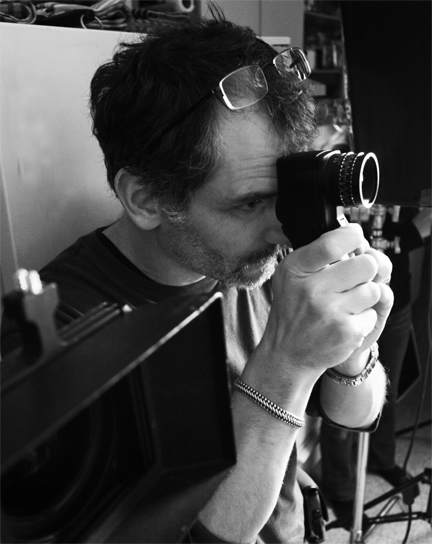Buying Equipment
Category:Equipment,The CineHub
People in film production often buy expensive gear in the hope that this will further their career: the “build it and they will come” philosophy. This is, however, not exactly true for several reasons.
First. The market place is saturated. A quick look at kit split or share grid reveals a lot of high end camera gear offered at a below market rate.
The film business (for purposes of brevity I will call all motion picture production – “the film business”) – is somewhat unique in that it is both an art form and a grindingly physical experience that requires a lot of gear. There is also a constant onslaught of new equipment. When we are not working – which is all too often for the freelance world of film making – it is easy to stay home and look at an online review of new gear and imagine how beautiful and compelling (and easy to execute) our work would be if only we had that new item.
With today’s access to credit, it is easy to over extend ourselves to buy a piece of gear with a large monthly payment in the hopes that this will elevate us to the next level in a career path. Inevitably that slow month or two comes and that new piece of gear ends up on share grid at a rate that is just a little lower than the others. Thus continuing what is lovingly called, “The Race to the Bottom.”
Second. New Gear won’t really help you if you don’t already have a large network of people who already know you and will hire you. In my twenty odd years of surviving as a freelance director of photography, I am amazed how it really all runs on “word of mouth” and reputation. I have rarely made a new connection through a cold call but have gotten work from colleagues I haven’t heard from in years.
My most successful gear purchases have been the times I bought gear I had found myself renting on a frequent basis or I had a long job coming up that required a certain piece of equipment and the gear would pay for itself in that first job. Once a piece of equipment is paid for, it is an excellent way to add to your rate.
Third. Success comes down to how much people respond to your work. It has nothing to do with the tools you bring. There are many examples of beautiful work shot on a shoe string budget with entry level or intentionally inferior equipment.
So, the moral of the story: don’t overextend yourself in the hopes of building a career. Instead work on creating a solid network of relationships and continue to find your “voice” as a film maker. Using the tools at hand to create powerful, beautiful work that resonates with your worldview is certainly the best thing you can do.



